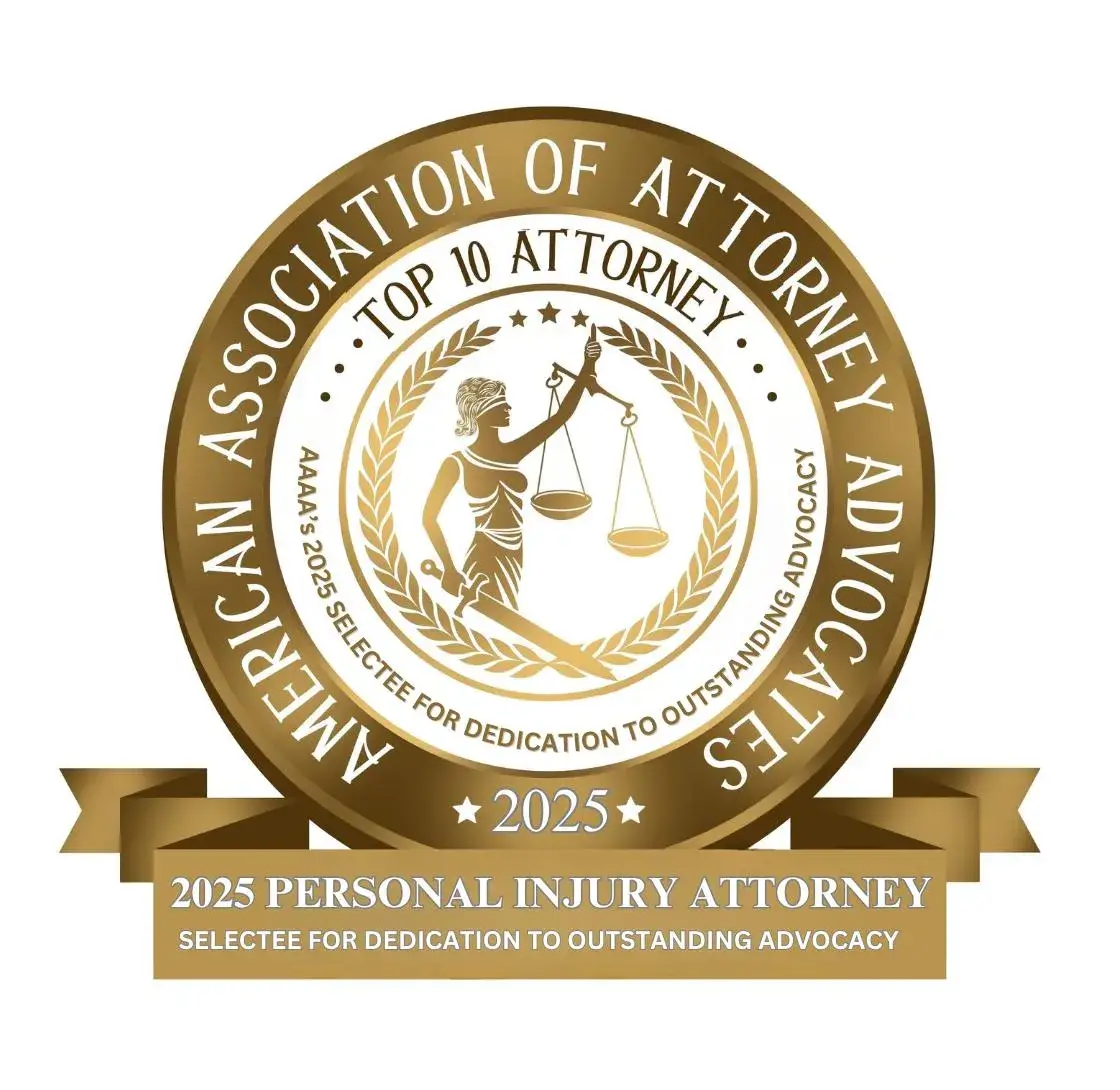Most Frequently Cited OSHA Violations
According to the Occupational Safety & Health Administration, 4,679 workers were killed on-the-job in 2014. This comes out to almost 90 people a week as well as almost 13 deaths a day. Out of all the worker fatalities that have occurred in 2014, 20.5% were in construction. There is something known as Construction’s “Fatal Four,” which are falls, electrocution, struck by object, and caught in/between. If the fatal four could be eliminated, then 508 workers’ lives could be saved each year in America.
Falls: These account for the most deaths in the construction industry – an astounding 35%! Better fall protection, according to the OSHA, could save over 400 lives per year. However, using things like guardrails, fall arrest systems, safety nets, covers and restraint systems could greatly reduce fatalities and very serious injuries as a whole.
Electrocution: This is the second most “popular” hazard in construction. Some of the most common associated hazards are power lines, inadequate grounding, improper use of equipment, and faulty power cords. When construction workers are in these environments with electrical hazards, they should always use protective equipment. Employers can help by creating lists of all hazards and posting warnings on-sight to warn of the risks.
Struck-by-Object: Many injuries stem from workers being struck by flying, falling, swinging, or rolling objects. These objects could include vehicles, loads, and machinery. Workers should be trained on the importance of never positioning themselves between moving and fixed objects and they should also wear high-visibility clothing.
Caught-in-Between: These include trench and excavation collapses. One should never place themselves between a piece of heavy equipment and an immovable object. This happens more than you would expect when workers concentrate too hard on the job at hand.
Fires and Explosions: Many workers are put in conditions where wire is exposed, pipes leak, and chemicals are most flammable. This can lead to fires and explosions that can be both fatal and injury causing.
Heat Stroke: Construction work requires hard physical labor and overexertion. Heat stress in hot conditions can lead to brain, heart, or kidney damage. It can also cause fatalities.
Respiratory Diseases: In a nine-year span, more than 1,000 construction workers died from something called pneumoconiosis. This is a chronic dust disease of the lung that arises from employment in certain situations, usually applying to work in coalmines. Construction workers could find that they fall ill from Asbestosis and Silicosis.
Types of Common Medical Conditions Stemming From Construction Injuries
- Amputation to fingers, toes, or other limbs
- Broken bones or fractures
- Eye injuries or loss of vision
- Shoulder, knee, or ankle injuries like sprains
- Loss of hearing
- Paralysis of the spinal cord
- Toxic exposure to chemicals
- Head or traumatic brain injuries
- Burns from fires, explosions, or electrocutions
- Cuts or lacerations from exposed, nails, tools, and machinery
Many construction workers are caught in bad situations that lead to fatalities each year. Because of this, death is also part of this list even though proper precautions should be taken to make sure this does not occur in the workplace. If a construction worker dies because of adverse working conditions or injuries, the worker’s family could rightfully consider taking up a wrongful death claim to be compensated for the loss of their loved one. If you believe that you should be compensated for injuries, you should have legal representation on your side that you can trust with your case. Call Maggiano, DiGirolamo & Lizzi today for more information regarding your case. Call today and get started.
Attorney Advertising. This web site is designed for general information only. The information presented at this site should not be construed to be formal legal advice nor the formation of a lawyer/client relationship. The hiring of an attorney is an important decision. The information you obtain in this website is not, nor is it intended to be legal advice. You should contact an attorney for individual advice regarding your situation.


















